A comprehensive guide to Dropshipping

I'm posting an article that was written for one of my prior projects. Information may be a bit dated but I think it provides a good starting point for anyone interested in drop-shipping and similar work.
I'm currently accepting ideas for new articles so please feel free to comment and post below. All feedback is more than welcome.
- Eight definitions as to what Drop-Shipping is:
1st definition:
An arrangement between a business and the manufacturer or distributor of a product the business wishes to sell in which the manufacturer or distributor--and not the business--ships the product to the business's customers .
Source:
[Source]http://www.entrepreneur.com/encyclopedia/drop-shipping
2nd definition:
Drop shipping is a supply chain management technique in which the retailer does not keep goods in stock but instead transfers customer orders and shipment details to either the manufacturer, another retailer, or a wholesaler, who then ships the goods directly to the customer.
Source:
https://en.wikipedia.org/wiki/Drop_shipping
3rd definition:
Dropshipping is a retail fulfillment method where a store doesn't keep the products it sells in stock. Instead, when a store sells a product, it purchases the item from a third party and has it shipped directly to the customer. As a result, the merchant never sees or handles the product.
Source:
https://www.shopify.com/guides/dropshipping/understanding-dropshipping
4th definition:
Drop-ship: to ship (goods) from a manufacturer or wholesaler directly to a customer instead of to the retailer who took the order
Source:
http://www.merriam-webster.com/dictionary/drop-ship
5th definition:
Drop shipping is a fulfillment model that allows you to buy products individually from a wholesaler and ship them directly to your customer.
Source:
http://www.ecommercefuel.com/what-is-drop-shipping/
6th definition:
Delivery of merchandise from a manufacturer or original supplier direct to a buyer, without passing through the warehouse of a distributor or retailer (who generated and processed the sale). It is the most common form of fulfilling orders taken by most network marketing firms and internet-based retailers.
Source:
http://www.businessdictionary.com/definition/drop-shipment.html
7th definition:
The term "drop-ship" basically means to deliver a product to a customer without having to physically see, pack or ship the item yourself.
Source:
http://smallbusiness.chron.com/term-drop-ship-mean-14202.html
8th definition:
Drop shipping is a service offered by (some, not all) Wholesalers. When you use a Wholesaler who offers Drop Shipping you don't have to worry about stocking or shipping products. Instead, when you get an order from a customer, you contact your wholesaler and they ship it to your customer for you. This means you, as a retailer, can sell a variety of products without ever having to stock any inventory whatsoever. This makes drop shipping very appealing for new, small, home-based online businesses.
Source:
http://www.worldwidebrands.com/wwb/dropshipper.asp
- Seven Drop-Shipping Experts that are worth your time:
A. Colette Marshall
https://www.linkedin.com/in/colettemarshall
B. Andrew Minalto (very good article as well):
http://andrewminalto.com/dropshipping-business-model/
C. Andrew Youderian:
http://www.ecommercefuel.com/author/adminecf/
D. Mark Hayes:
http://markhayes.ca/2013/10/02/introducing-my-new-book-the-ultimate-guide-to-dropshipping/
(Book written with Andrew Youderian)
E. Mat Bernstein:
https://www.udemy.com/u/mattbernstein/
F. Jack Statler:
https://www.udemy.com/u/jakestatler/
G. Sergey Kasimov:
https://www.udemy.com/u/sergeykasimov/
- Most recommended products for drop-shipping:
A. Computer accessories
B. Beauty Products
C. Clothing & clothing related
D. Clothing accessories
E. Mobile Phones
F. Tickets – for sold out or unique/onetime events
G. Books - rare and collector/deluxe editions (look into audio books as well)
H. Toys & Video Games (retro video games seem like a good market in my opinion)
I. Furniture (not sure about this unless it’s medium and small furniture)
J. Movies & Music - most people can get these digitally and via the larger chains but I’d use the logic for rare books (customers that hate digital as well)
Overall the most important factors to take into consideration are:
- The profit margin - focusing on more expensive products is better of course but if you can automate smaller orders then don’t leave them out either
- Whether there is demand, people that actually want to buy it.
- Shipping fees – should always be worked out ahead of time, especially if you are trying to lower risk with diversification via multiple suppliers. Take care with multiple products that are sent to the same customer. (so that the supplier doesn’t charge you twice when it could have all been done in one package/shipment)
- The merchandise needs to be hard to find locally or in limited supply, which is often the case with smaller countries
- Consistent supplier & shipment quality control – Important with long term customers, ensuring that repeat order don’t falter when it comes to quality
- Size of the products and whether there are external factors to take into account. (Clothing size differing between countries/regions, color variation, inaccurate pictures, misleading descriptions, etc.)
Links/Sources used:
http://smallbusiness.chron.com/top-10-things-sell-drop-shipping-25508.html
http://ecommerceinsiders.com/7-haves-ideal-dropshipping-product-1122/
- Infographics/links showing if it’s better to hold your own inventory vs getting a supplier to drop ship:
Top 10 benefits of inventory management:
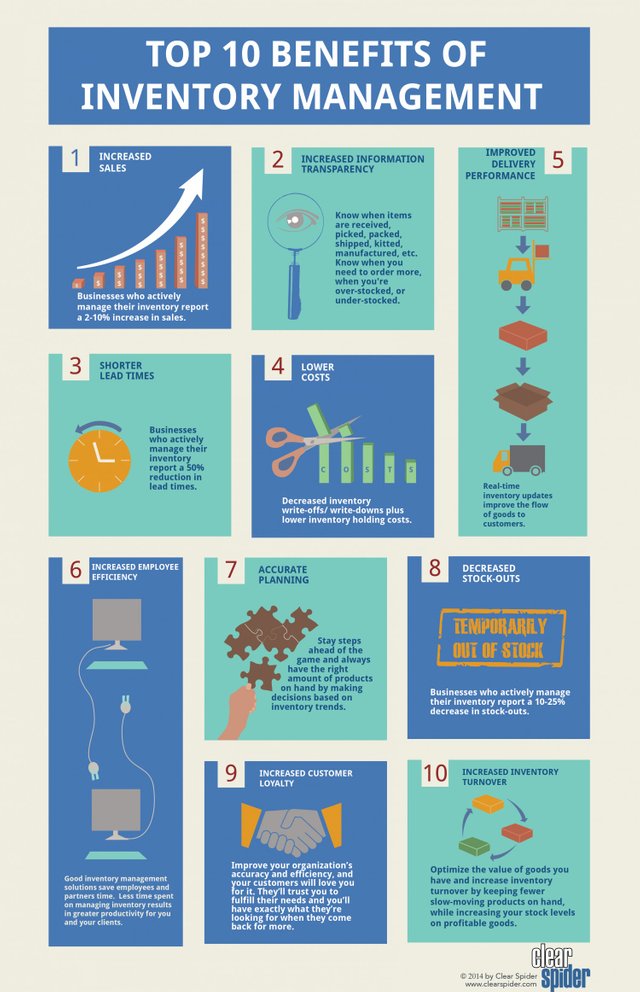
Inventory holding cost barometer:

Small business inventory management:

Inventory size and revenue:
/
Is inventory affecting you bottom line:
/
3 questions for better inventory control:
/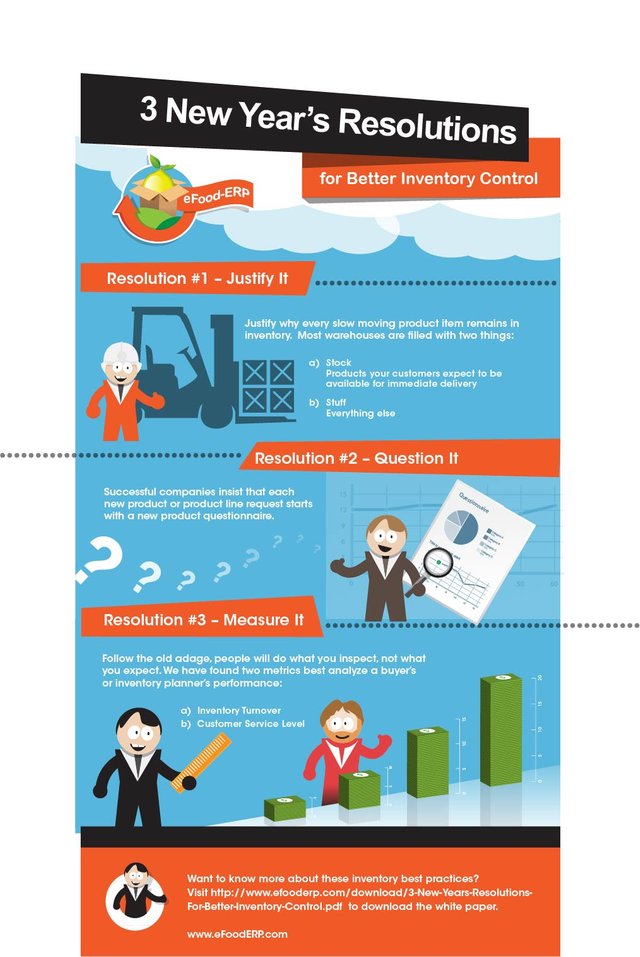
6 ways successful businesses manage inventory:
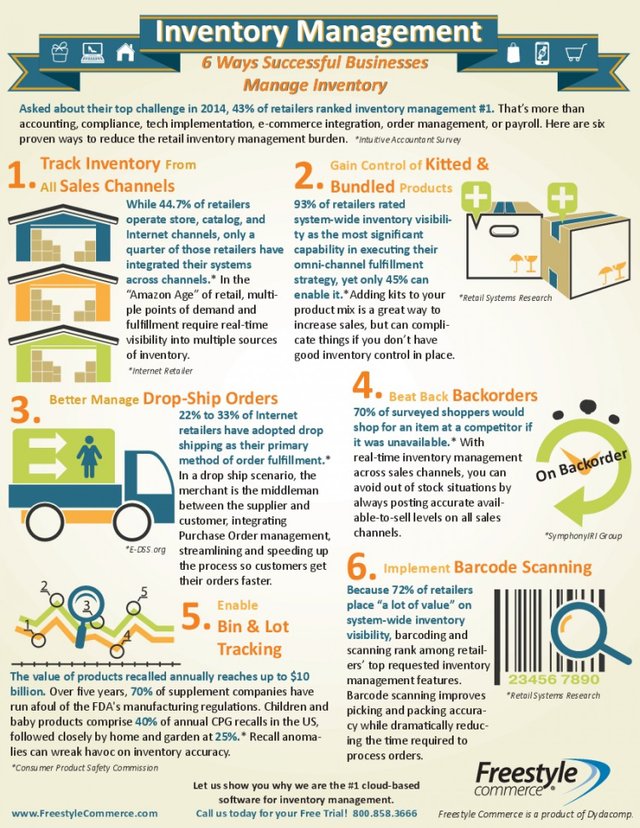
Who needs inventory management:
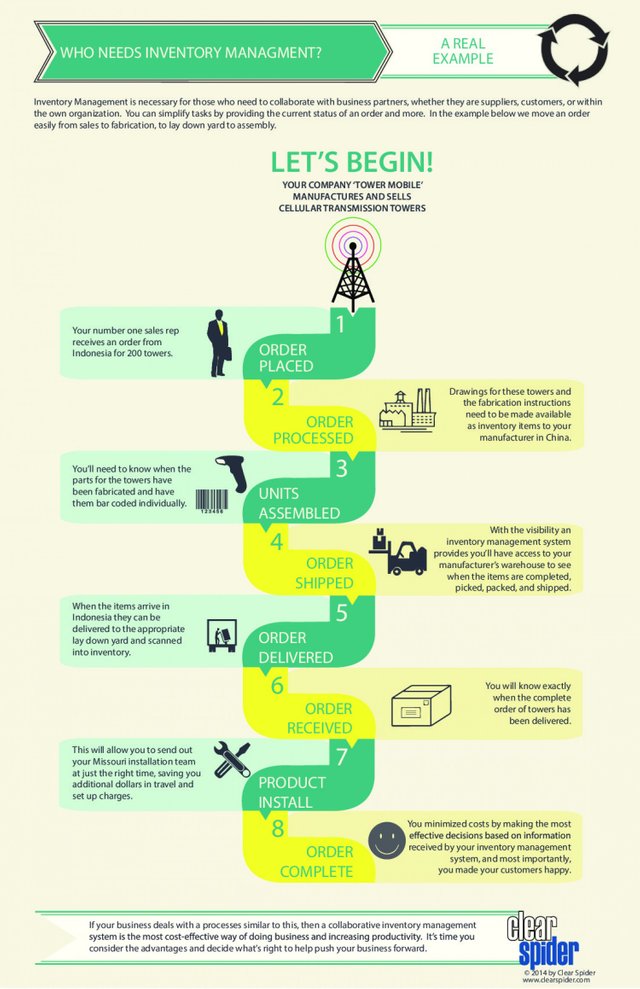
Inventory Management System:

7 myths of supply chain management:
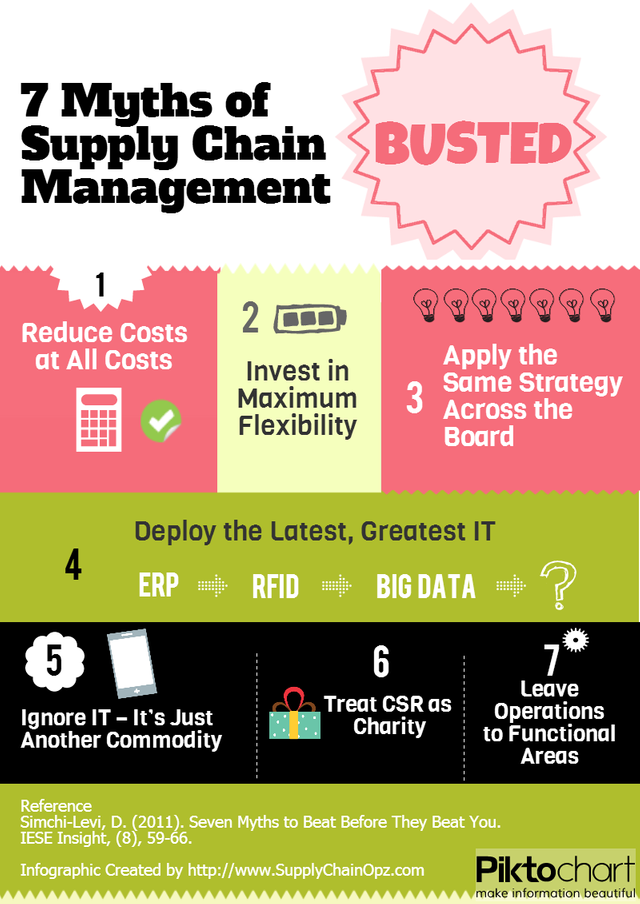
Inventory drain on retail:
/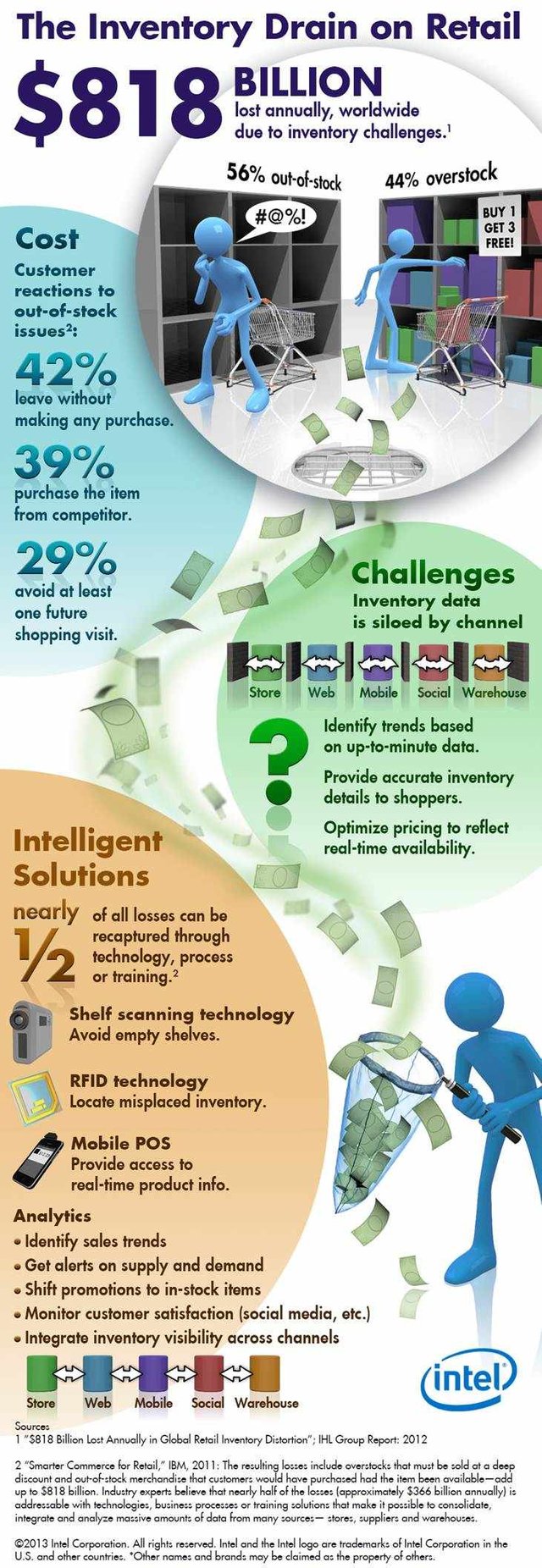
Top 10 consequences of not having inventory management:
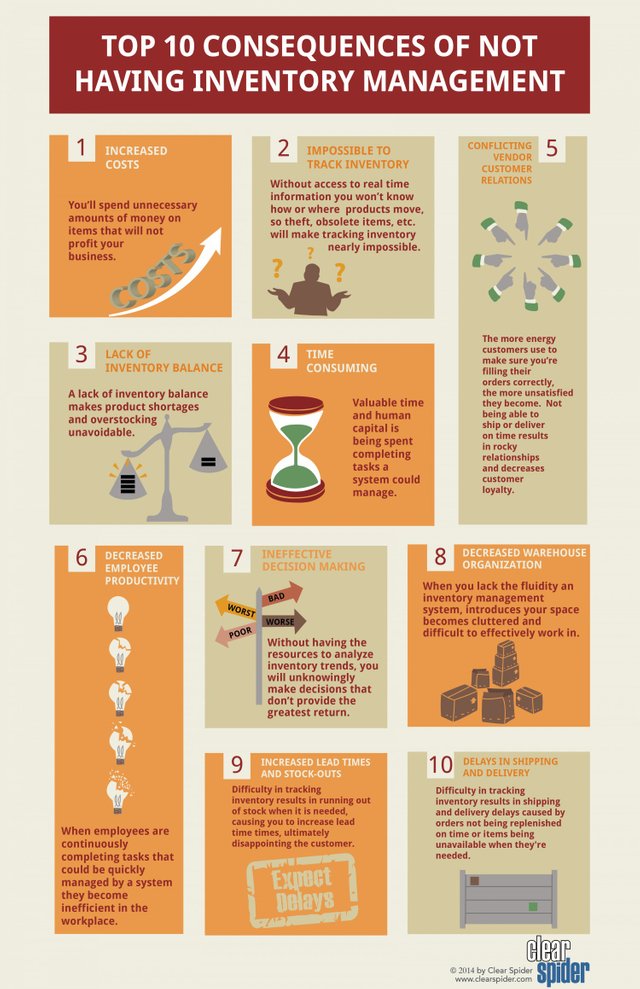
Guide to SAS inventory management:
/
Online retailer warehouses:
/
Struggle for visibility:
/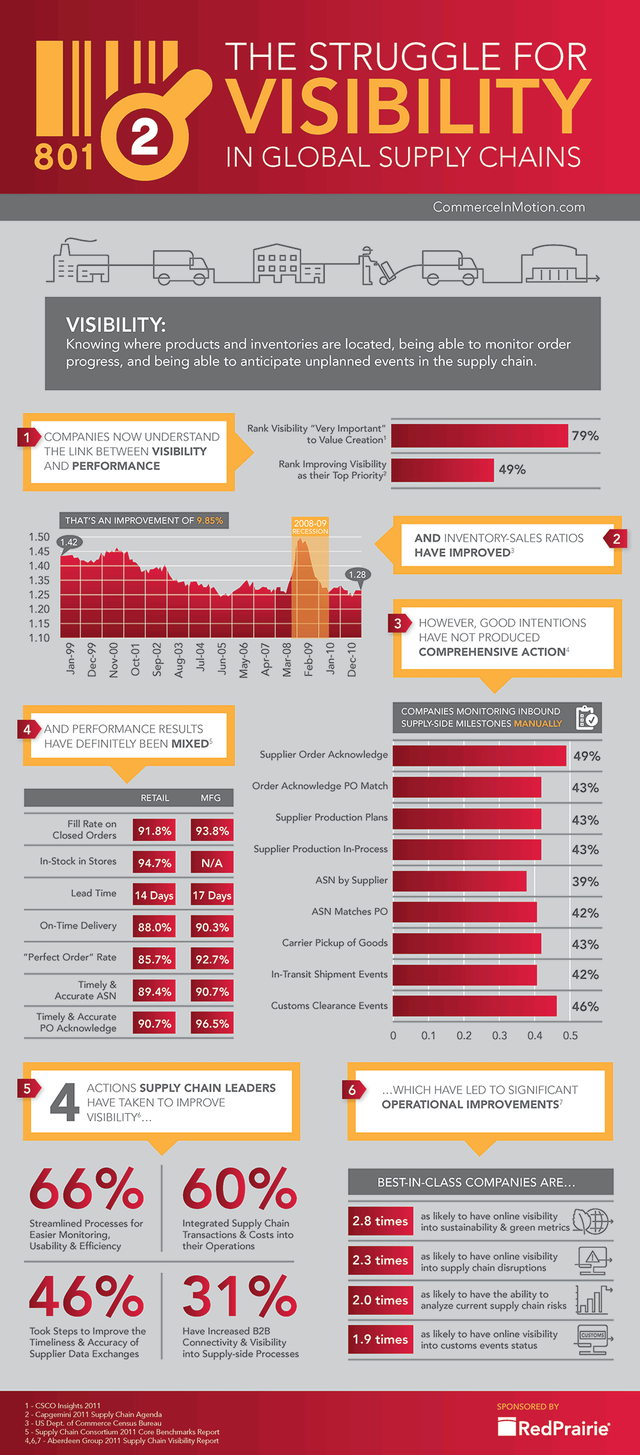
Deliver what you promise:

How drop shipping works:
/
Thrifty drop shipping, how it works:
/https://plus.google.com/+Chinavasion/posts/MCsakrHSzx6?pid=6072915941069873122&oid=106157006866109490757
PP infographic about shipping markets:
/
Nice infographic in the middle:
/http://onlineincometeacher.com/money/drop-shipping-how-to-sell-without-products/
Asset tracking:
/![]()
- General questions about drop-shipping & for prior supplier communication:
I believe Andrew Youderain wrote an article answering the 28 most common questions.
Section A ( is below:
- What is drop shipping?
- What are the benefits of drop shipping?
- Is drop shipping a profitable business model?
- How much can I make with drop shipping?
- What kind of profit margins can I expect with drop shipping?
- Where do people sell drop shipped products?
All the answers are here: http://www.ecommercefuel.com/what-is-drop-shipping/
Section B:
- How do I find drop shipping companies?
- Should I use drop shipping or buy products in bulk?
- What’s required to work with a drop shipper?
- What kind of fees do drop shippers charge?
- What is the difference between a manufacturer, a wholesaler and a drop shipper?
- How do I know what products to drop ship?
Answers are here: http://www.ecommercefuel.com/drop-shipping-companies/
Section C:
What do I need – and much does it cost – to start a drop shipping business?
Do drop shippers provide customer service and/or talk with my customers?
How do I submit orders to suppliers?
What is the turnaround time for fulfilling a drop shipped order?
How do I get tracking information for orders?
How do I pay my supplier?
Who pays for the shipping costs on orders?
Do orders appear like it came directly from my company?
How do returns from customers work?
Who pays for the shipping on returned items?
Do drop shippers ship internationally?
Answers are here: http://www.ecommercefuel.com/drop-shipping-business/How do I make sure customers don’t order out-of-stock items?
What happens when mistakes are made regarding fulfillment?
Isn’t selling items that you never see difficult?
Do I need to worry about fraud with drop shipping?
How can I determine if I’m dealing with a quality drop shipping wholesaler?
Answers are here: http://www.ecommercefuel.com/drop-shipping-problems/
Links/Sources used:
http://www.ecommercefuel.com/common-drop-shipping-questions/
http://mywifequitherjob.com/3-reasons-you-should-stock-your-own-items-instead-of-drop-shipping/
Lots of info. Thansk a lot!
Some pictures won't load for me. If this is the same for you I might suggest you use imgsafe.org for uploading a copy.
Keep up the good work!
Thanks, I really appreciate the feedback. Not sure on how to just show links in those cases. (I added / before some of them but it still shows up faulty)